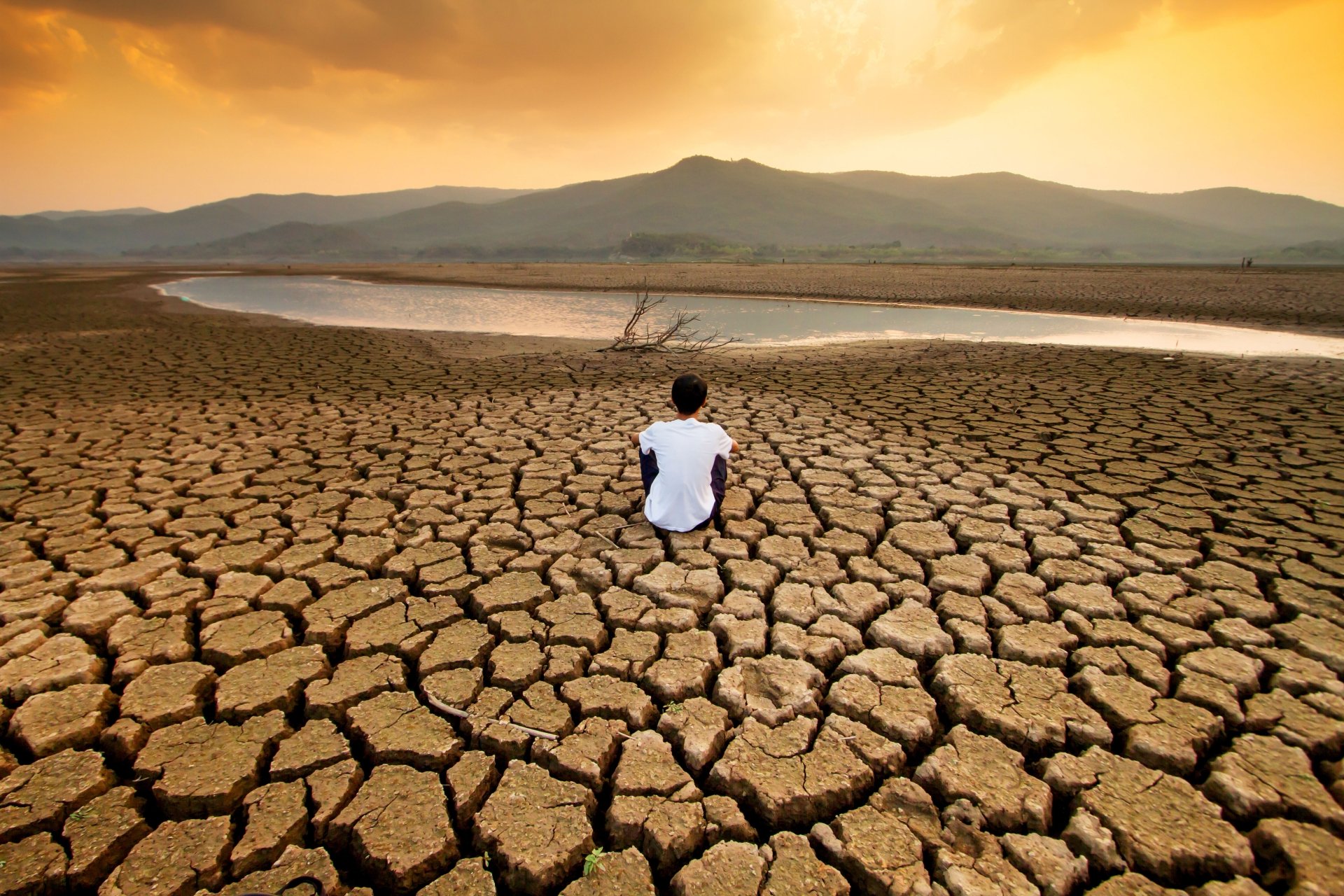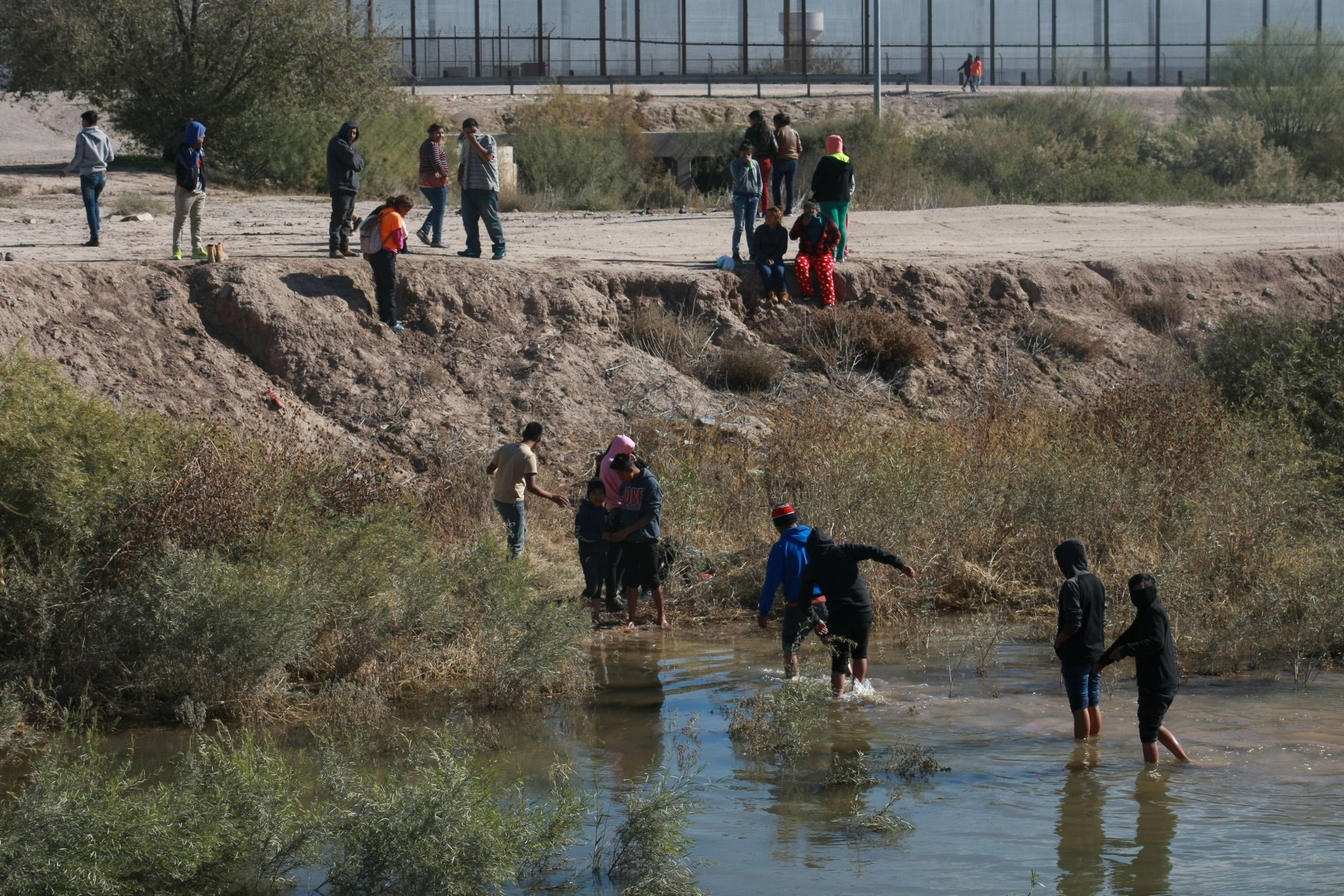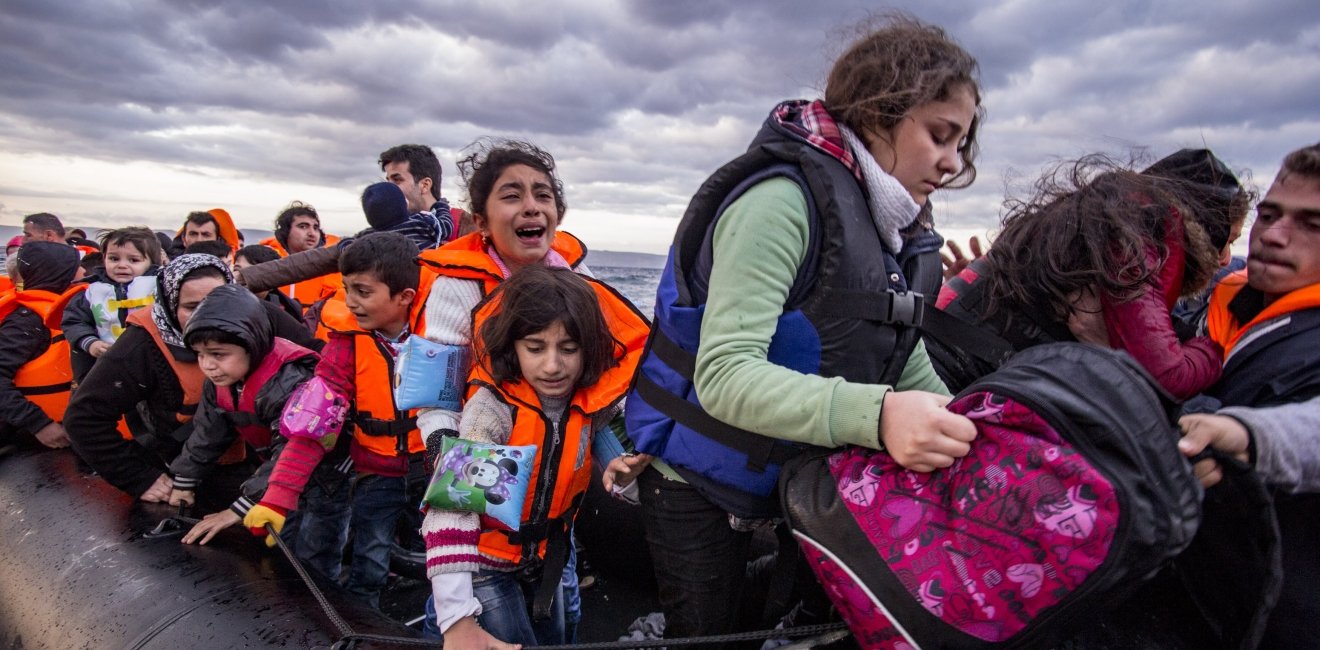Critical Challenge for the U.S. | Humanity in Motion
Around the world, record levels of displacement, conflict, and the increasing devastation of accelerating climate change have caused many to wonder if the world is heading toward a more violent and unstable future. Between 2010 and the start of the COVID-19 pandemic, the number of major armed conflicts tripled, and experts forecast that the pandemic’s impact could drive even more countries into conflict and poverty. Researchers predict that by 2030, climate change could push 100 million more people into poverty, and by 2050, drive as many as 216 million from their homes. It is already a phenomenon: the Internal Displacement Monitoring Center estimates that 21.5 million people per year over the past decade have had to flee their homes due to storms, floods, wildfires, droughts, and other weather events.
There are considerable misconceptions about why people move, how many move, and what effects that mobility has on the places of both origin and arrival. Speculation about the social, political, and economic risks from increasing climate-related migration, and the accompanying risks of violence and conflict, tends not to account for the adaptive capacity of major population centers. Cities are essential to both understanding the challenges of climate-related migration and conflict, and attaining resilient outcomes. Across the globe, cities have been effectively absorbing—and even harnessing—human mobility to strengthen urban communities, ultimately providing a laboratory of learning. Through these experiences, a knowledge base is being developed in real time to help ensure that city governments and stakeholders can be proactive agents of fostering and reinforcing the benefits of human mobility.
Three Things to Watch

1. Avoiding “Backdraft” in Climate Response
Countries around the world are ramping up their efforts to reduce greenhouse gas emissions and adapt to the impacts of climate change. This effort to transition to a renewable energy economy and protect communities on the frontlines of climate change is critical. There is, however, a risk that well-intentioned efforts could have a “backdraft” effect, leading to unintended consequences. If designed or implemented without consideration for conflict potential, unforeseen negative spillover might damage economic development, undermine political stability, or fray the social fabric of communities. How can policymakers anticipate and minimize these risks? More ambitiously, how can mitigation and adaptation efforts be designed to avoid conflict and help build peace? We must guide research and analysis on the potential “backdraft” effects of climate responses to inform efforts that, minimally, do no harm, and potentially yield multiple benefits.

2. Addressing Converging Risks in the Sahel
Security conditions in the Sahel are deteriorating at a rapid pace, with long-term humanitarian consequences that extend far beyond the region. Women in the Sahel are disproportionately affected by the escalating instability and violence. They face high levels of gender-based violence, devastating maternal mortality rates, and severe deficits in educational attainment. As a result of early marriage and a lack of access to reproductive healthcare, birth rates are three to four times higher in the Sahel than in other parts of the world. Access to voluntary family planning and girls’ education are often disconnected from broader security and development prospects, but investments in these areas can yield economic and social benefits that simultaneously advance development and security goals. The importance of these investments and entry points for more effective and integrated responses to the crises facing the Sahel must be elevated in the coming year.

3. Climate Change and the Violence-Migration Connection in the Northern Triangle
Together, Guatemala, Honduras, and El Salvador represent a strategically significant region experiencing a diverse range of climate impacts and extreme weather events coupled with widespread violence and migration flows. Within the last ten years, the region has experienced two multi-year droughts—including its most severe multi-year drought on record—and an increase in the number and severity of hurricanes, driving both water and food insecurity. Yet, the climatic and environmental dimensions influencing the violence-migration trends in the region remain understudied and poorly addressed. Efforts to improve predictive capabilities and responses to regional security risks must include consideration of environmental and climatic factors and policy responses must as be diverse and multilayered as the motives of the migrants themselves. It will be critical to better understand the complex climate change, violence, and migration connections in the region to help policymakers tailor responses more effectively.
Contributors


Former Director of the Water Institute at the University of North Carolina


Environmental Change and Security Program
The Environmental Change and Security Program (ECSP) explores the connections between environmental change, health, and population dynamics and their links to conflict, human insecurity, and foreign policy. Read more







